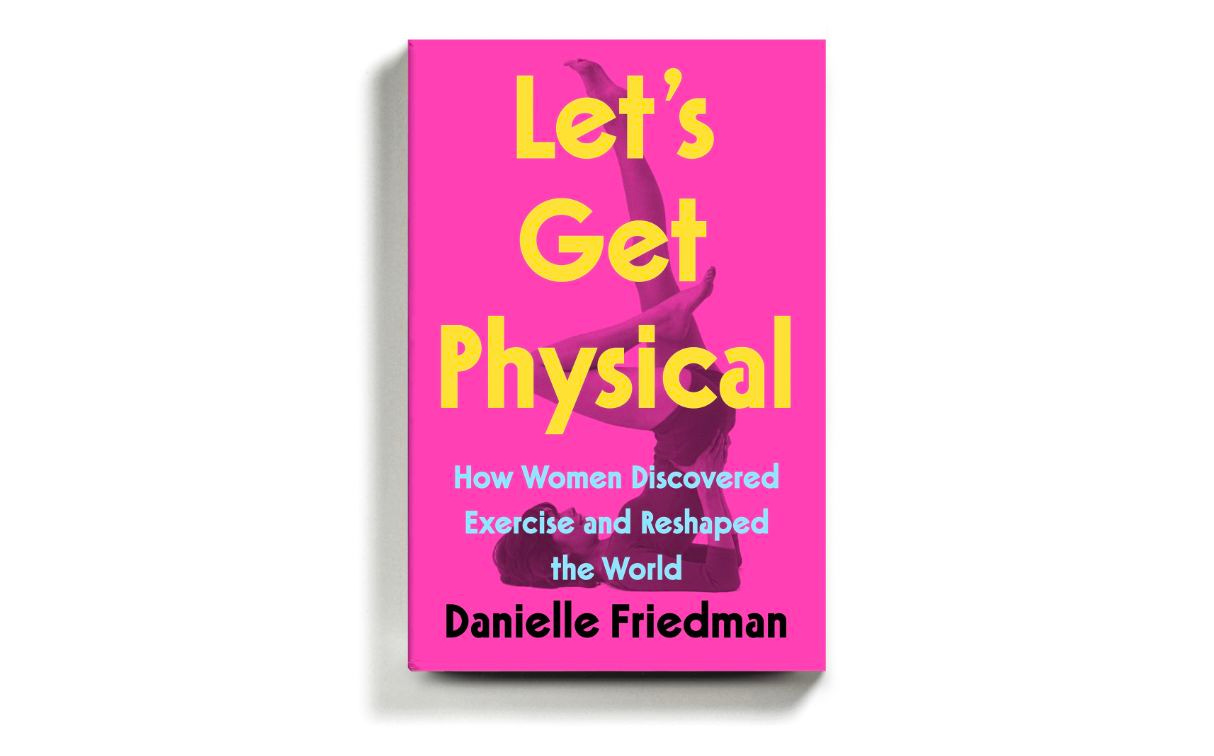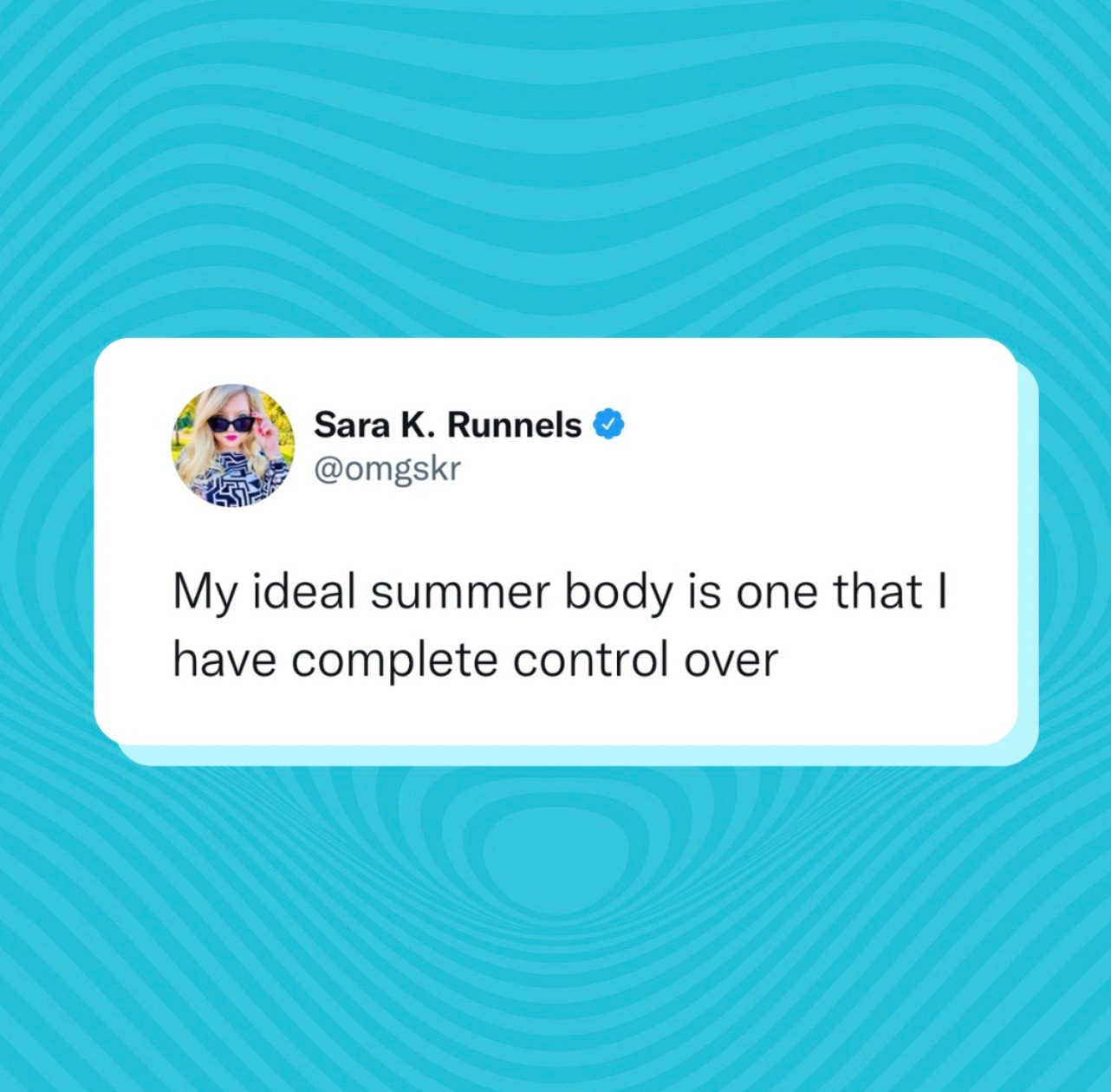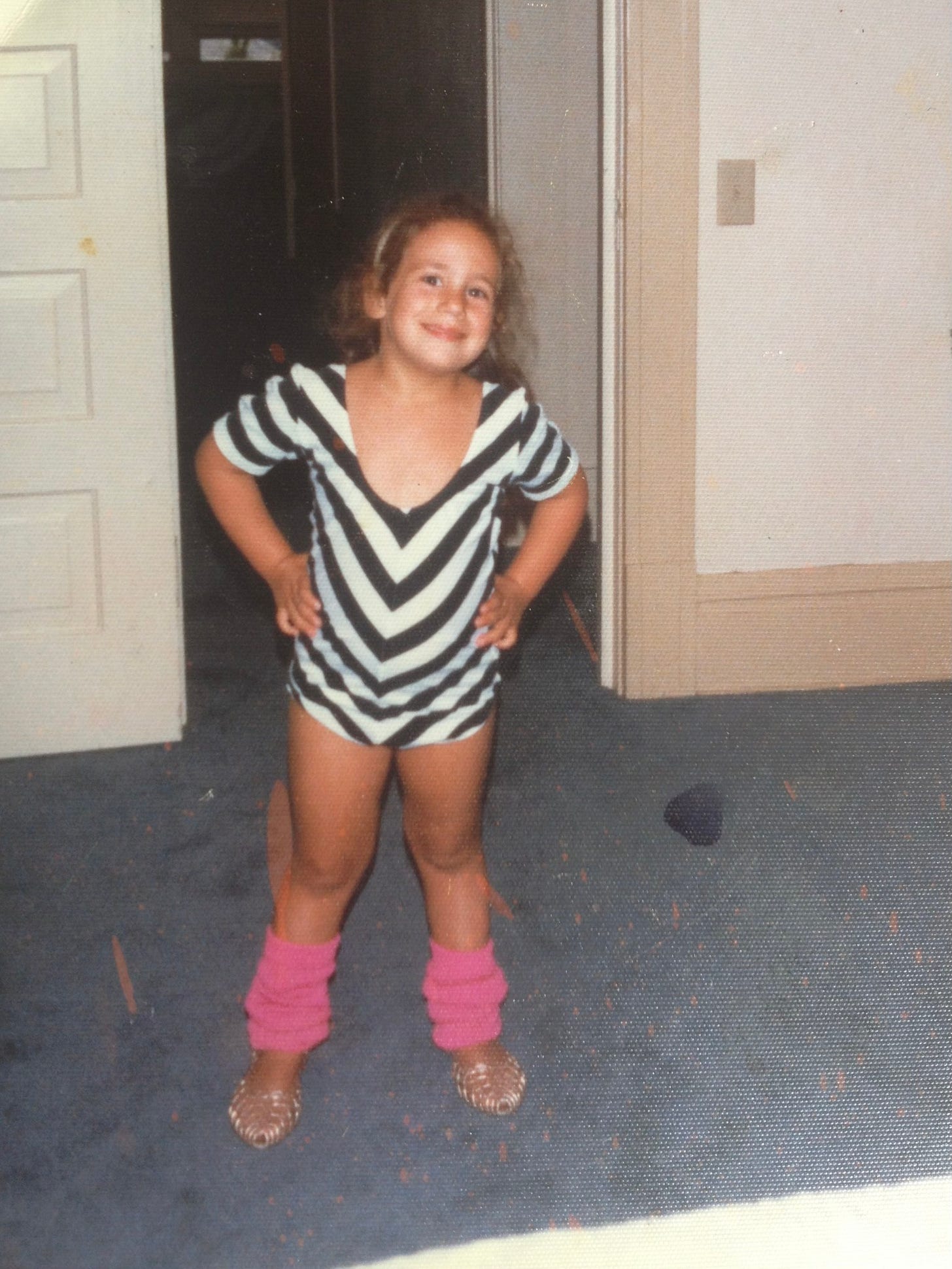Women's Exercise Used to Be Taboo
How women discovered movement and reshaped the world. Plus: leotards!
You’re reading Wait, Really? — a newsletter unpacking what's in the culture, with a feminist spin. For the full experience, become a paying subscriber.
For much of the 20th century, women didn’t move very much. Sweating was considered unladylike. Girls learned that exertion could cause their uterus to fall out. The physical activities available to women were relegated to dancing and cheerleading — which often emphasized not how a woman felt, or what her body did, but how it looked. Even the sports bra wasn't invented until 1977; its prototype created out of two jockstraps sewn together (!).
The feminist movement (and, in turn, Title IX) changed all that — and in her new book, Let’s Get Physical: How Women Discovered Exercise and Reshaped the World, journalist Danielle Friedman traces the history of women's exercise and women's rights in America, exploring how movement and feminism are connected.
Danielle and I met a decade ago, working at "NewsBeast," a short-lived merger of Newsweek and The Daily Beast, where most of our exercise involved trips to the snack room. It was fun to reconnect with her to talk to her about all things exercise. These are excerpts from our conversation:
Your book is named for the famous 80s song, "Physical," by Olivia Newton-John. I had no idea about that song's backstory.
Danielle Friedman: When most people hear “Physical” they think of spandex and leg warmers; the music video (editor's note: a must-watch, with a gay twist at the end!) became emblematic of the ‘80s. Initially, though, the song wasn't about exercise at all — it was about sex. Which made it an odd choice for Newton-John, who was best known for playing the wholesome Sandy in Grease. But Newton-John loved the catchy tune, and was excited to revamp her goody-goody image. Until she wasn’t. On her flight to L.A. to record, she panicked. That’s when lightning struck: Why not turn “getting physical” into a double entendre, coyly suggesting the song was actually about exercise?
"Physical" featured Newton-John as an aerobics instructor turning flabby guys into gleaming studs. In the end, two of the men fall for each other.
What I love about your book is that it takes something often viewed as frivolous or vain — working out — and connects it with serious battles for women.
My book begins in the 1950s, when women’s magazines and "experts" reinforced the idea that "masculinity" meant strength and "femininity" meant weakness. Women were expected to prioritize everyone’s needs over their own. But as the women’s fitness movement took hold, it gave women a taste of caring for themselves. By cultivating physical confidence and competence through exercise, many women became emboldened to make changes in other parts of their lives — from leaving unhealthy relationships to asking for more money at work.
When did exercise shift from an effort to "slim" to an effort to be strong?
For many decades, women's fitness focused almost exclusively on exercise’s promise as a beauty tool. The women’s movement of the 1970s helped expand these cultural beliefs about strength, and highlighted fitness’s potential to increase women’s physical power. It was during this era that women fought for their right to run marathons and lift weights alongside men. But it’s only over the past five to 10 years that women’s fitness has begun to truly move away from fixating on exercise as a path to aesthetic transformation and really lean into its potential as a tool for strength — mental, spiritual, and otherwise.
Yes pls.
You recently wrote about the return of the core. As someone who lived through early-2000s fashion like low-rise jeans and crop tops the first time, is this really history that needs to repeat itself?
When we were growing up, the belly-baring look was the look, which motivated many of us to attempt whatever it took to achieve an acceptable midsection. (Britney Spears allegedly did 1,000 crunches a day and we all strived to have abs like Britney.) Interestingly, amid all the conversation around the appearance of a strong core, few of us were taught about the actual significance of cultivating a strong core — for pelvic floor health or living pain-free into middle age. Today, thankfully, the sartorial rules are expanding and we see a much wider array of bodies exposing their midsections. There is also conversation about true core strength, as feeling strong is starting to rival looking strong as a goal.
Call me geriatric, but I can't quite get on board with the so-called "body positivity" of Gen Z. I admire it, but I'm not quite ready to embrace it. Am I cancelled?
Letting go of the idea that we’re only allowed to expose our flesh if it's tight, taught and smooth is easier said than done. We are up against 80 years of cultural messaging that suggests our bodies must be constantly worked on to be lovable. (As the early 20th century beauty mogul Helena Rubinstein famously quipped: “There are no ugly women, only lazy ones.”)
Personally, I've had cellulite since I was 16, and every summer I long for a time — a time before puberty — when I could enjoy the pool or ocean without self-consciousness. Like many people, I feel better wearing a bathing suit when I feel like I am in “good shape” for me. But the question is, why do I feel better? Is it because I’ve been moving in ways that boost my health, or simply because I am closer to an unrealistic ideal? As the memes say: The secret to getting a “beach bod” is to take your body to the beach.
So much of the wellness space, and even practices like yoga, seem to cater overwhelmingly to white women. Is that changing?
It is, but very incrementally. In the U.S., more than 71 percent of fitness instructors are white. This is an improvement from, say, 30 years ago, but it still reflects a glaring disparity. There are intersecting reasons for the racial gap in fitness, including structural racism and a host of systemic inequalities that have historically denied people of color the leisure time, means and spaces in which to exercise. Also: If you look at the bodies that have been held up as the fit ideal throughout the past 70 years, they are almost all white.
We are finally beginning to see a growing discourse about this gap — and increased representation in fitness spaces. Social media has given rise to a more diverse set of "fitness influencers"; the Black yoga superstar Jessamyn Stanley, for example, has risen in part because Black women were longing for fitness leaders who looked like them.
Below is a photo of me in a leotard at some point in the 1980s. To whom do we owe this enduring fashion statement?
The leotard was invented in the 19th century by Jules Léotard, a French acrobat and creator of the flying trapeze. But it wasn’t until just a couple of years before Olivia Newton-John's "Physical" that the leotard exploded, thanks to the invention of Lycra. In 1984 alone, American women purchased 21 million leotards. It appears your mother may have been one of them.
That's me, in the 1980s.
What Else I'm Reading:
✂️ Google searches for "get a vasectomy" reached an all-time high across the U.S. last month, according to Google Trends.
🤰🏾 A new Hulu documentary, Aftershock, explores disparities in Black maternal health. The Times calls it a "moving ode to the Black family."
💍 Jennifer Lopez will now be know as Mrs. Affleck and people have a lot of opinions about it.
🎤 Remember when it wasn't cool to be a clout-chasing sellout and #authenticity wasn't just a brand hashtag? I loved, loved this piece about the comedian and actress Janeane Garofalo, who never sold out.
🎀 Claire's, which I'm pretty sure is where I got my ears pierced as a tween, is having a resurgence, thanks to Gen Z's obsession with nostalgia.
📚 There is now an entire university course devoted to studying Harry Styles. (Where do I sign up?)
🌴 Nobody wants to be in the office on Fridays, obviously
Have a great weekend!
⏩ Forward this newsletter to a friend or sign up to get it to your inbox.
💬 Have thoughts to share? Email me at supwaitreally@gmail.com. (You can also just reply to this email.)
🙋🏻♀️ Follow me on Instagram or learn more about my writing and books here.








